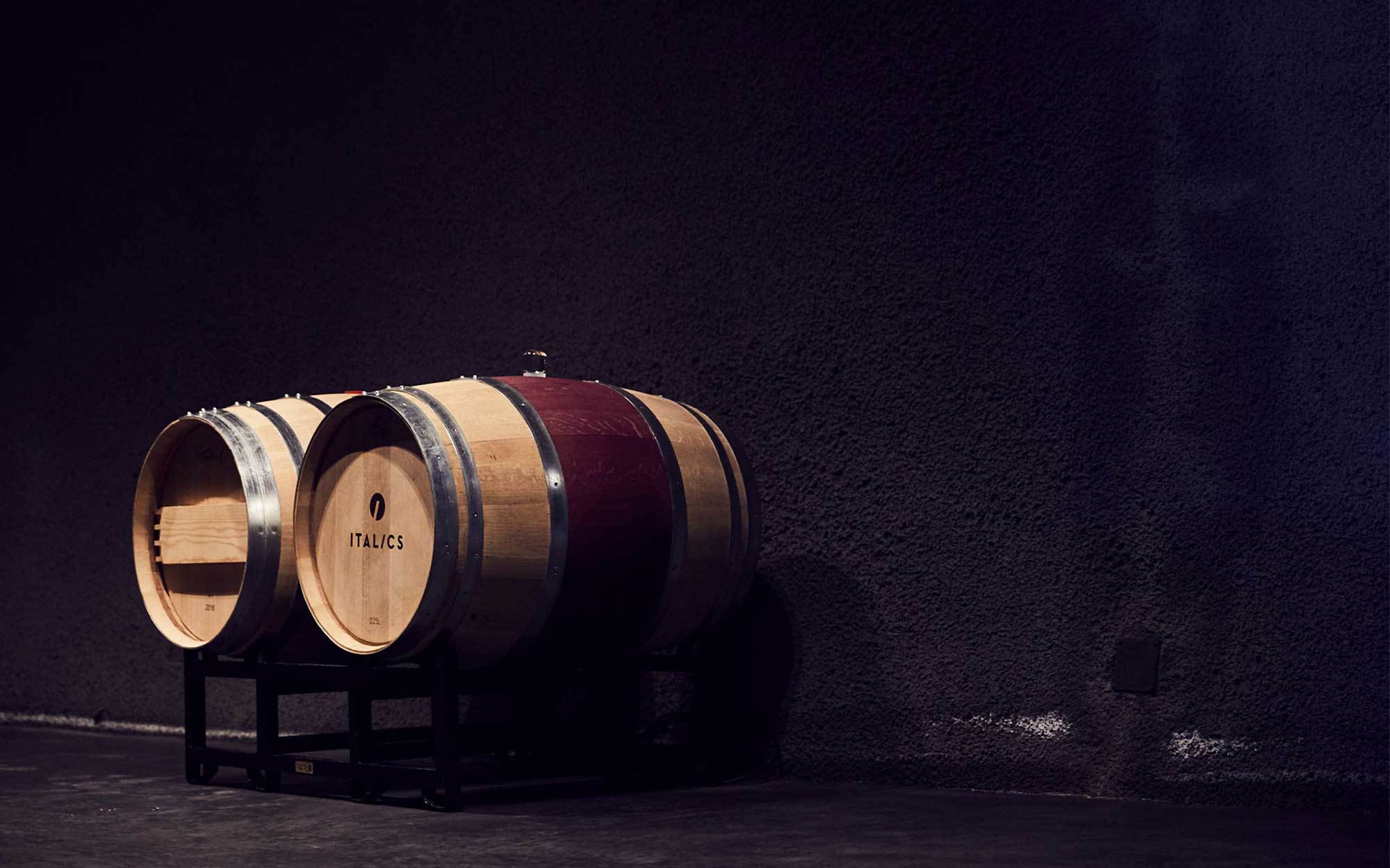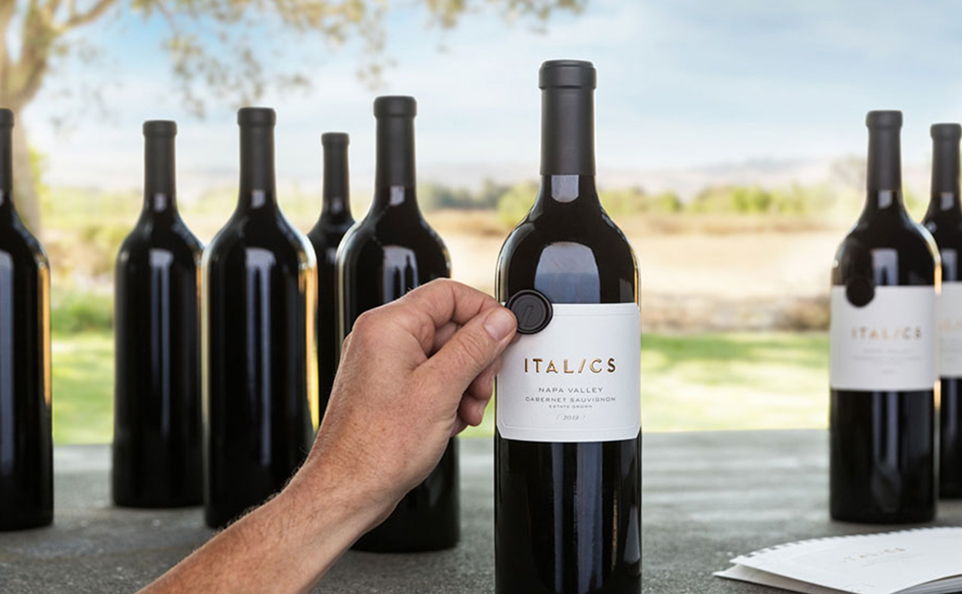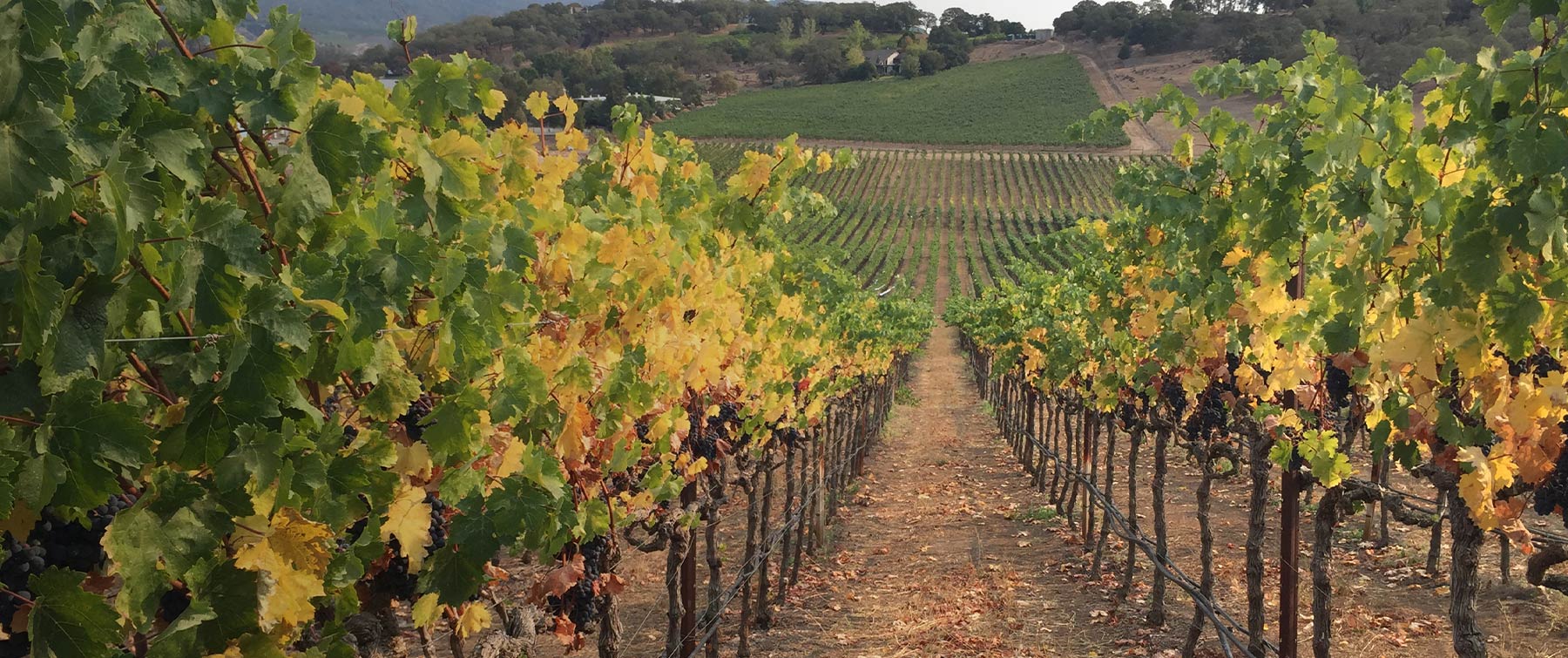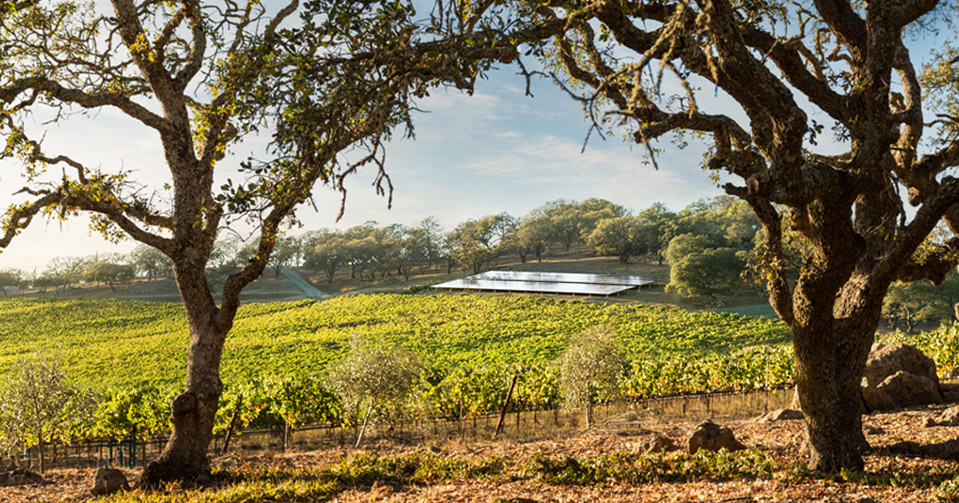LOCATION IS EVERYTHING & SOIL IS KING
How wine is made
01
Growing
Place matters a great deal when it comes to winegrowing. The climate, elevation, exposure and drainage of a plot of land make all the difference. The hands that care for the vines are equally as important; shaping the canopy, dropping fruit, and turning irrigation valves.
02
Harvesting
Months and months of effort, all in preparation for that fateful meeting where the harvest decision is made and the transformation begins.
03
Sorting
When the fruit comes into the winery, the cellar crew goes about separating the grapes from the MOG (material other than grapes). They must meet the Martins’ demand for ripe berries – nothing green, nothing shriveled, nothing damaged.
04
Fermenting
Marbue’s goal as a winemaker is to tell the story of where our wines come from and seamlessly bring them to bottle as the purest expression of the soil and environment in which they were grown.
05
Aging
After fermentation, the process continues with different aging techniques and a barrel program with an impressive variety of cooperage and toast levels.
06
Blending
Last comes the endless blending trials, mixing vineyard blocks with different varietals, clones and rootstocks to achieve the right balance of approachability and ageability.





